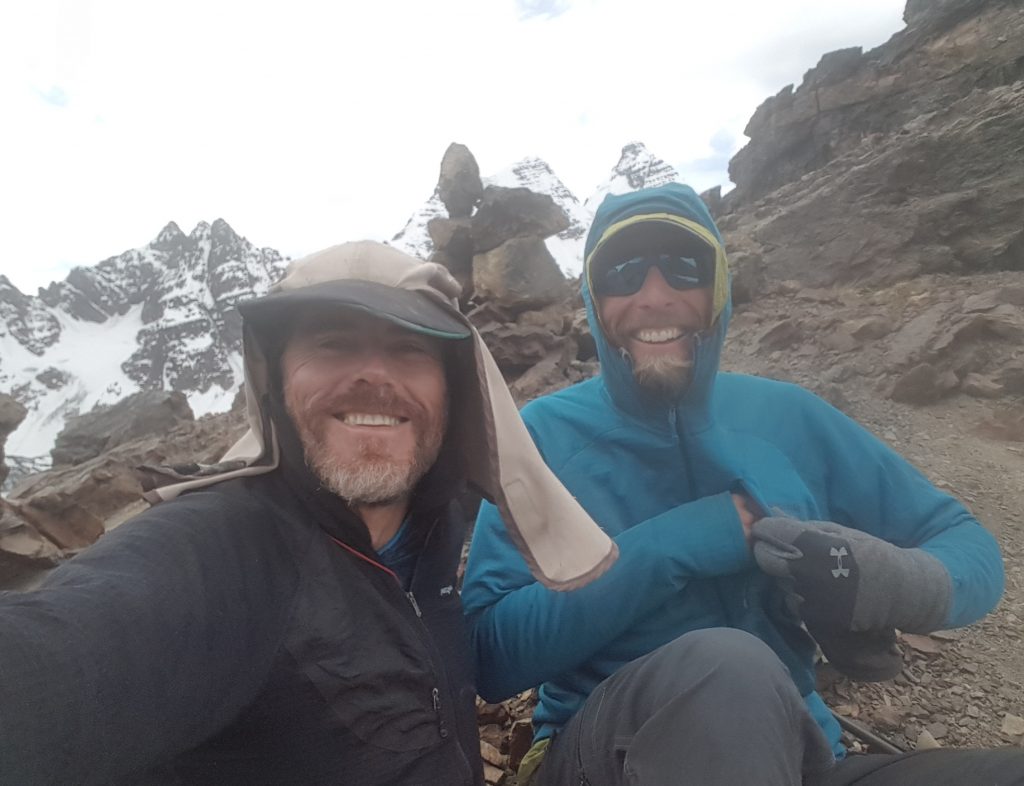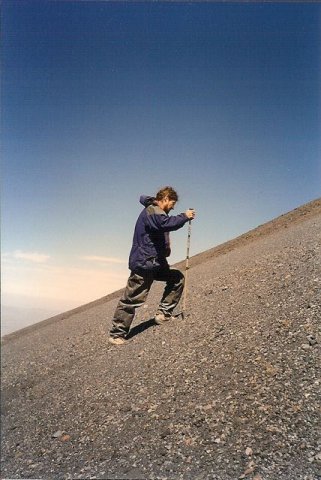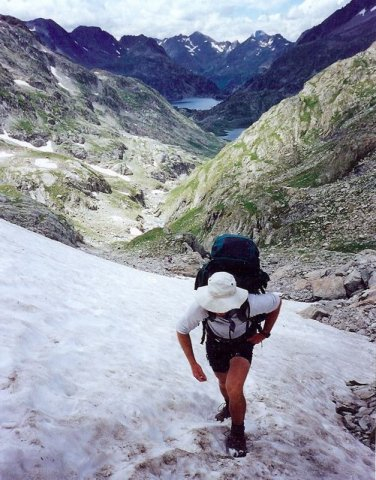“The civilized man has built a coach, but has lost the use of his feet.”
– Ralph Waldo Emerson, “Self-Reliance,” 1841
One of the things I love most about hiking is the simplicity. One foot in front of the other. Everything you need in the world on your back. Wake up with the sun. Go to sleep when it gets dark. Walk, listen, and observe in between. All that being said, being able to consistently cover long distances over rugged terrain is by no means easy. Experience will ultimately be your best teacher, but in the meantime, consider the following observations:
General Tips
1. Pace
Aim to finish the day walking the same speed at which you started. Think rhythm and flow. Tortoise rather than hare.
2. Pack Adjustments
Regularly make small adjustments to your pack’s harness, hip belt, shoulder and stabilizer straps. Alternate the weight of the load between your shoulders and hips. By fine-tuning your load in such a fashion, you can help to minimize the build up of tightness/stress in any one area.
3. Mix It Up
The same principle of making adjustments to your pack equally applies to your gait. Shorter strides, longer strides, up on your toes, back on your heels. Whatever it takes to minimize muscle tension in particular areas. Think about it – if you are using the same muscles in exactly the same way hour after hour, day after day there are bound to be repercussions. If you are sitting at a computer for long stretches, do your eyes and hands not feel the strain?
4. Stretching
Help keep your muscles supple by doing some light stretching during breaks. In addition, try to do 10-15 minutes at the end of each hiking day. Think of it as an investment in your on-trail health.
5. Breaks
Try keeping them short and regular rather than long and occasional. This allows less time for the muscles to stiffen up, thus making it easier to get going again. This especially holds true for those chronologically challenged amongst us. If you are taking a longer break, particularly on a cold and windy day, consider putting on some warmer clothes so as not to catch a chill.

Yours truly and Ryan “Dirtmonger” Sylva taking a quick break on one of the many (23 in total) high passes during the Cordillera Real Traverse (Bolivia, 2017).
Hiking Uphill
1. Rhythm
Find a rhythm between your breathing and stride. This is most applicable to long gradual uphills on relatively even terrain, where you don’t have to worry too much about foot placement.
2. Breaks
Maintain a steady pace and take fewer breaks, rather than walking faster and having to stop more regularly. By keeping your heartbeat relatively constant rather than subjecting it to dramatic fluctuations, you will expend less energy and cover more distance. Once again, think tortoise rather than hare.
3. Positivity
Focus on positive thoughts, rather than how exhausted you feel. Repeat a mantra or positive expression to yourself over and over. It really does help.
4. Hang Loose
Undo or loosen your hip and sternum straps. If they are too tight they will constrict both your stride and breathing capacity whilst ascending.
5. Zigzagging
To decrease the gradient on very steep ascents, consider zigzagging rather than going straight up.
6. Rest Step
If you are really feeling it on a long, steep ascent, consider using the Rest Step. With each stride forward, lock/straighten your back leg, momentarily shifting the weight on to the joints rather than the muscles.

Rolf ascending Volcan Misti | Peru, 1996
Hiking Downhill
Hiking downhill is often taken for granted. In the minds of some, it represents the equivalent of “backcountry gravy”; the reward that follows the exertion of a challenging ascent. Yet hiking downhill takes its toll. Twists, slips and tumbles are most likely to happen while descending and no other type of hiking causes more wear and tear on the joints and muscles. By learning how to efficiently hike downhill in all types of terrain, the hiker can minimize the impact on the body and decrease the probability that falls and mishaps occur. As a bonus, descending with good technique means that you move faster and feel lighter, without having to put forth any extra physical effort. For detailed information on descending, see “Tips for Hiking Downhill.”
